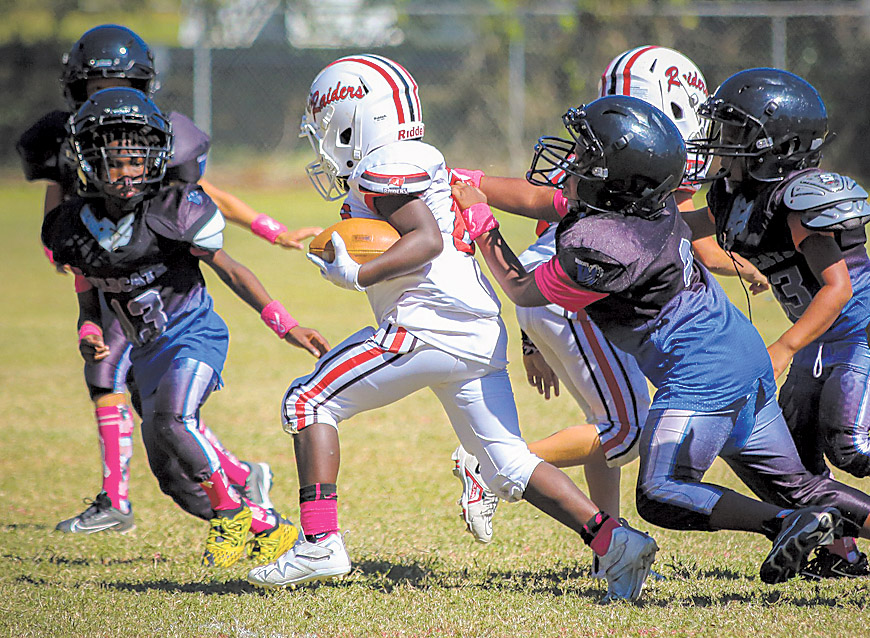GAINESVILLE, Fla. – The Florida prosecutor’s office in Tampa is defending its controversial and unexpected decision to drop a felony criminal case against the man accused of tying his bull terrier dog to a fence in rising waters and abandoning it along Interstate 75 amid an evacuation ahead of a major hurricane.
The Hillsborough State Attorney’s Office, led by Suzy Lopez, said it lacked witnesses and sufficient evidence to win a conviction on a felony aggravated animal cruelty charge in a trial. The case involved “Trooper,” the dog renamed after the Florida Highway Patrol officer who rescued him.
“While this case stirs many emotions and even ethical questions, we do not have a good-faith basis to continue this prosecution,” the state attorney’s office said.
The prosecutor’s office filed paperwork Wednesday to drop its case against Giovanny Aldama Garcia, 24, of Ruskin, Florida. Aldama Garcia had told an investigator he had been trying for months to get rid of the dog, which he had named Jumbo, and left the dog on the side of I-75 as he and his mother evacuated Florida’s west coast ahead of Hurricane Milton, court records said.
The case made national news. Gov. Ron DeSantis called the dog’s treatment “unacceptable” and said the state would hold the dog’s owner accountable. Lopez, the state prosecutor, chimed in, too, and said she couldn’t fathom tying a pet to a fence in such conditions.
In a new one-page memorandum circulated Friday, Lopez’s office said that during trial preparations it became clear there weren’t witnesses or evidence to prove that Aldama Garcia had tied the dog to the fence in rising waters.
The memo said video from the highway patrol showed the dog’s collar was stuck on the fence, and a witness earlier had seen the dog loose near the interstate. It said Aldama Garcia and his mother said the dog was becoming stressed and aggressive during their drive and the dog jumped from the car when they stopped to deal with the situation.
“The facts as depicted in the video and the statements do not support the theory that the dog was attached to the fence in an intentional manner,” the memo said. It added: “A failure to locate the dog during an emergency evacuation does not equate to a criminal failure to act.”
A legal expert on animal cruelty laws and co-creator of Florida’s Animal Cruelty Taskforce, Adam Stern, said prosecutors would have needed to prove that Aldama Garcia caused the dog either death or injury – which include physical trauma or neglect.
He said in some cases, aggravated animal cruelty charges can be hard to prove without tangible, physical evidence. No case is ever as straightforward as it seems, he said.
“There's always going to be a monkey wrench that something comes up, that there's a new piece of evidence or there is a small piece that's missing,” he said. “In some cases, there's evidence to exonerate somebody because they didn't do it and it was somebody else, or it was an accident.”
Stern has been involved as a legal expert in thousands of animal cruelty cases, including ones where animals have been tethered to dog houses with rising flood waters then drowned.
By law, that would be aggravated animal cruelty, he said. The case in Tampa was different, according to the new prosecutor’s memo, which said there was no evidence that Trooper was deliberately tied to a fence.
The highway patrol video of the dog’s rescue went viral. The officer wrote in his arrest warrant that he was responding to a 911 call that a dog had been abandoned and tied to a post. The dog can be seen in water levels up to his chest, trembling and shaking. Investigators later interviewed Aldama Garcia after he showed up at an animal shelter to recover the dog.
“The defendant stated he observed the dog in standing water in heavy rain during a hurricane evacuation and left him behind,” the trooper wrote in the arrest report.
A press release from the prosecutor’s office in October 2024 announcing the criminal case against Aldama Garcia also had described the dog as “tied up.”
Fresh Take Florida, a news service of the University of Florida College of Journalism and Communications, asked Friday under Florida’s public records law for a copy of the trooper’s body cam video and any recorded interview between investigators and Aldama Garcia. The prosecutor’s office said it would cost $686 to review and turn over.
Trooper’s new owner, Frank Spina of Parkland in South Florida, said Lopez called him to personally deliver the news of the dropped case earlier this week. He said she cited a language barrier between Aldama Garcia and investigating officers along with a lack of evidence as reasoning.
He was fuming.
Spina said that just two months ago, the state attorney’s office considered this their most important case, only to drop it at a whim.
“You’re going to have a tough time when you've got to talk to Ron [DeSantis] and Casey [DeSantis] and say you're ditching this case,” he said in an interview Thursday night.
“In my opinion, this was a high-profile case that everybody was watching,” he said. “They were afraid to lose it on TV.”
___



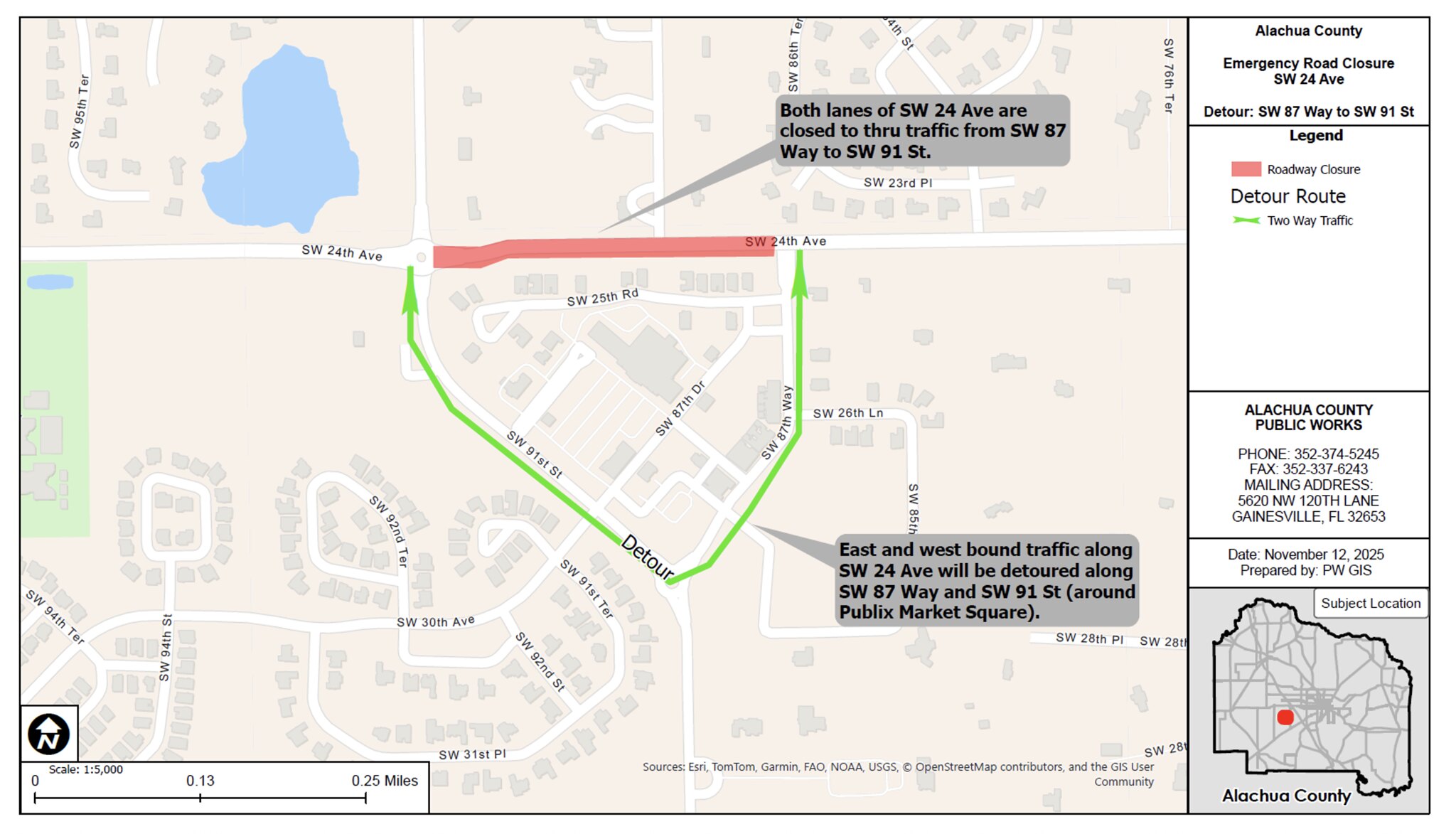

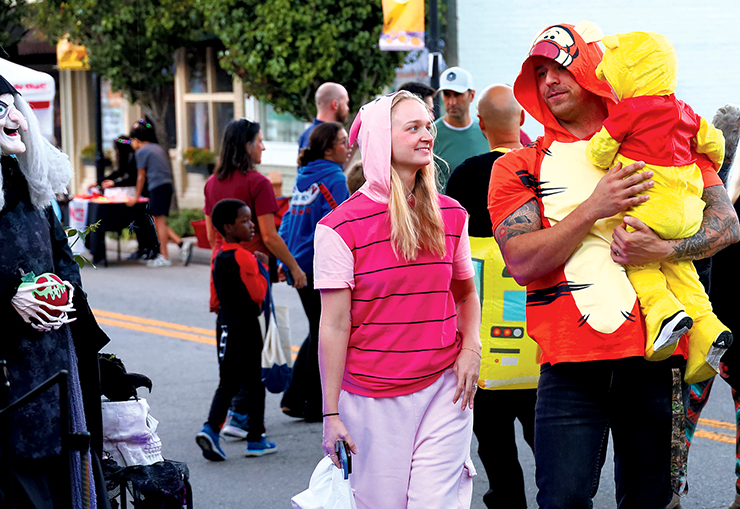


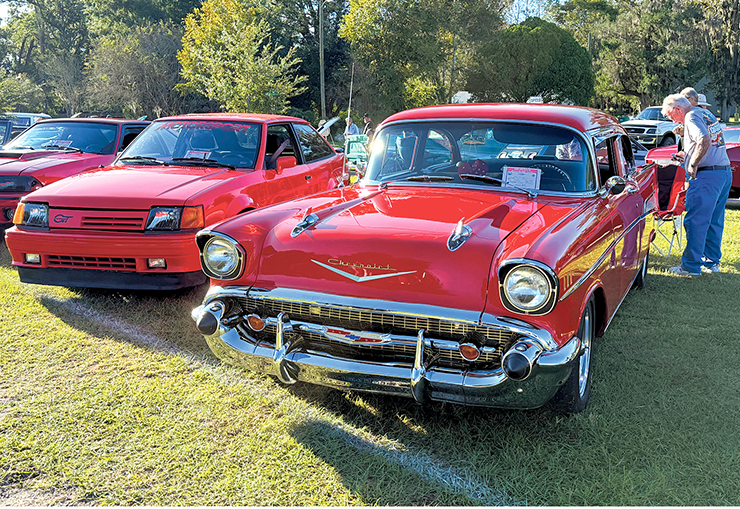
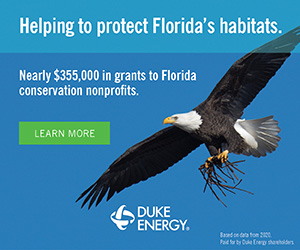


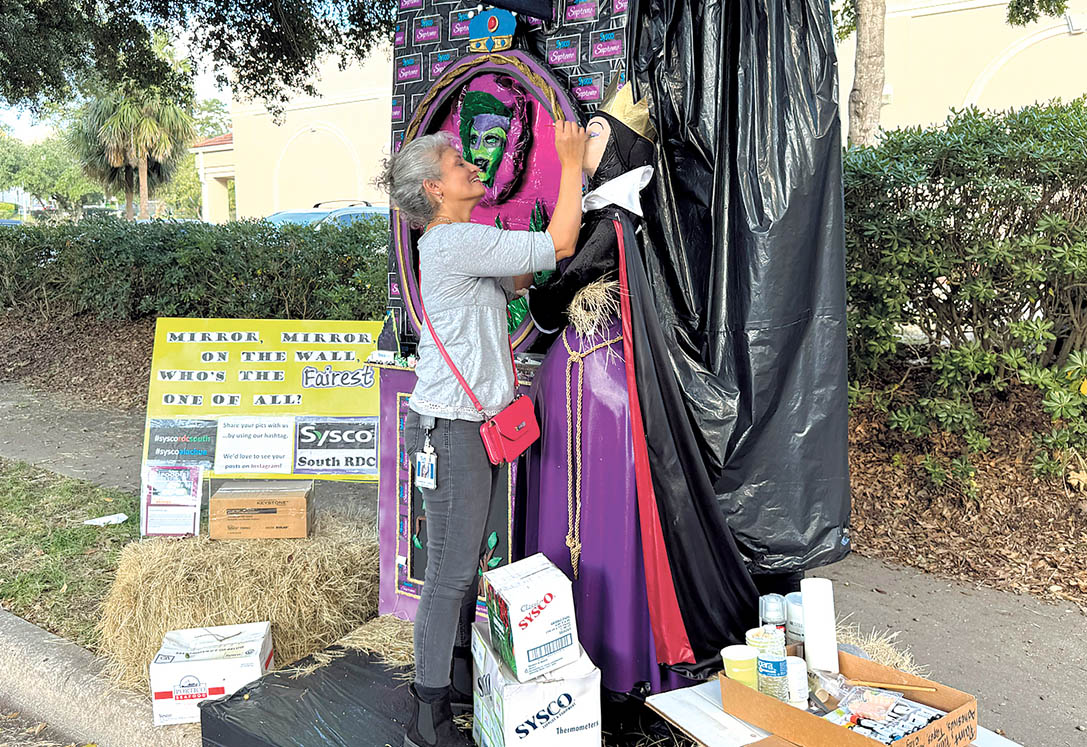

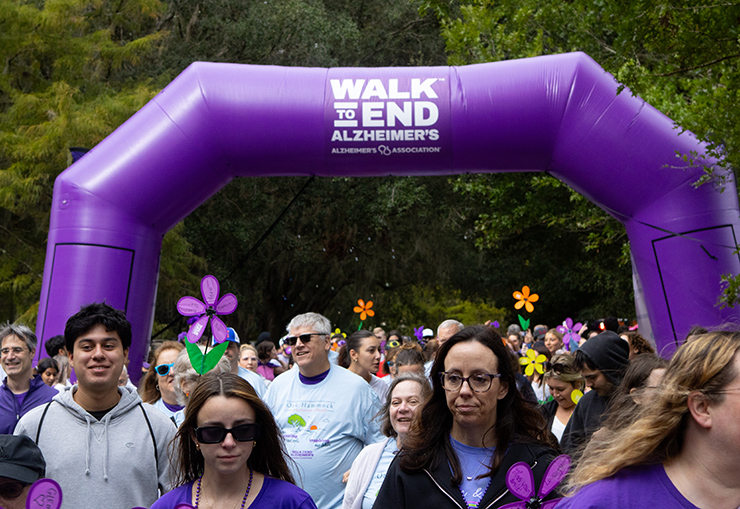


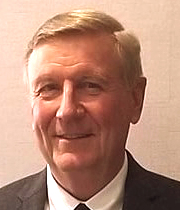 Everyone taking prescription medications should be aware of essential safety practices. Here are six tips to help ensure you are taking your medicine correctly and safely:
Everyone taking prescription medications should be aware of essential safety practices. Here are six tips to help ensure you are taking your medicine correctly and safely:

